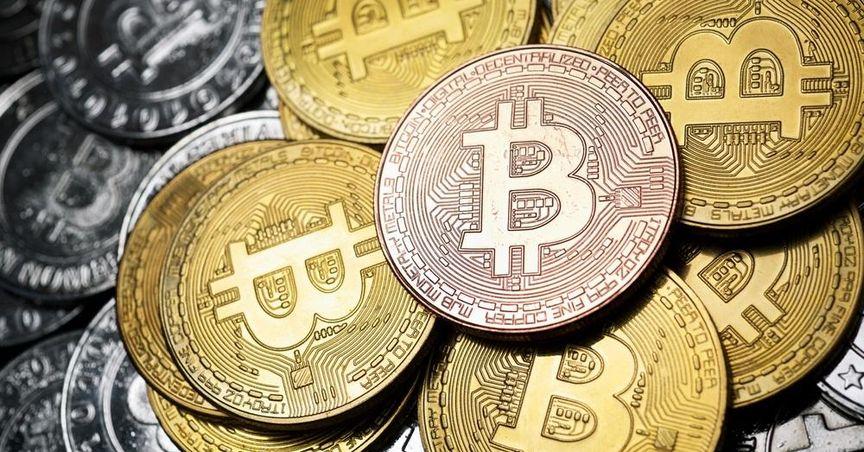Highlights
- The administration is moving forward with a crypto strategic reserve, including Bitcoin, Ethereum, XRP, SOL, and ADA.
- The reserve concept differs from traditional strategic stockpiles, sparking debate among economists and digital asset advocates.
- Federal crypto purchases could influence market sentiment and policy direction.
The administration’s plan to establish a cryptocurrency strategic reserve has sparked discussions on government involvement in digital assets. The initiative includes Bitcoin, Ethereum, XRP, SOL, and ADA, signaling a shift in federal policy. While some see it as a step toward mainstream adoption, others question its necessity compared to traditional reserves like oil.
Crypto Strategic Reserve Announcement
The administration has outlined plans for a national cryptocurrency reserve, aiming to include Bitcoin, Ethereum, XRP, SOL, and ADA. This initiative marks a shift in federal policy toward digital assets, setting the stage for potential government involvement in the sector. While the specifics remain under discussion, the announcement has already generated strong reactions from financial experts and blockchain proponents.
The inclusion of multiple digital currencies suggests an effort to diversify holdings rather than focusing solely on Bitcoin. Ethereum’s presence in the reserve reflects its role in powering blockchain-based applications, while XRP, SOL, and ADA add exposure to different blockchain ecosystems. This selection indicates an interest in supporting multiple platforms rather than backing a single dominant digital currency.
Comparison to Traditional Strategic Reserves
Strategic reserves have historically been established to ensure supply security for essential commodities. The Strategic Petroleum Reserve, created in response to oil shortages, is one such example. These reserves are typically formed to prevent disruptions and stabilize critical resources.
Unlike oil or other essential assets, digital currencies are not subject to physical shortages. This distinction has led some to question the reserve’s intended role. Supporters argue that government-backed reserves could reinforce cryptocurrency’s presence in mainstream finance, while critics highlight the speculative nature of such holdings.
Another key difference is price stability. Traditional reserves are designed to prevent extreme price fluctuations, but cryptocurrency markets are inherently volatile. If the government begins accumulating digital assets, some expect increased price swings driven by speculation about federal actions. Others believe a reserve could legitimize digital currencies, leading to wider institutional acceptance.
Impact on Digital Asset Markets
Federal involvement in cryptocurrency markets could carry significant implications. The creation of a reserve may signal long-term confidence in blockchain-based currencies, potentially driving institutional participation. Additionally, other countries might take similar steps, contributing to increased adoption.
Some digital asset advocates suggest that a strategic reserve could act as an alternative store of value. The decentralized nature of certain assets, such as Bitcoin, has led to comparisons with gold. This perspective views cryptocurrency reserves as a safeguard against currency fluctuations.
The announcement also comes at a time of increased regulatory focus on digital assets. Over the past year, financial authorities have debated policies surrounding cryptocurrency, and this move could shift the conversation. If the reserve becomes a reality, it may lead to clearer guidelines on how governments interact with blockchain-based assets.
Ongoing Policy Discussions
The administration's approach to cryptocurrency continues to evolve, with discussions focusing on the regulatory framework and potential economic effects. A White House Crypto Summit is set to explore these topics further. As federal agencies assess the plan’s feasibility, industry stakeholders remain engaged in the broader debate on digital asset integration.
While the crypto strategic reserve remains in its early stages, its announcement alone has already influenced discussions on the role of cryptocurrency in national financial policy. The coming months may provide further clarity on how this initiative will unfold.





